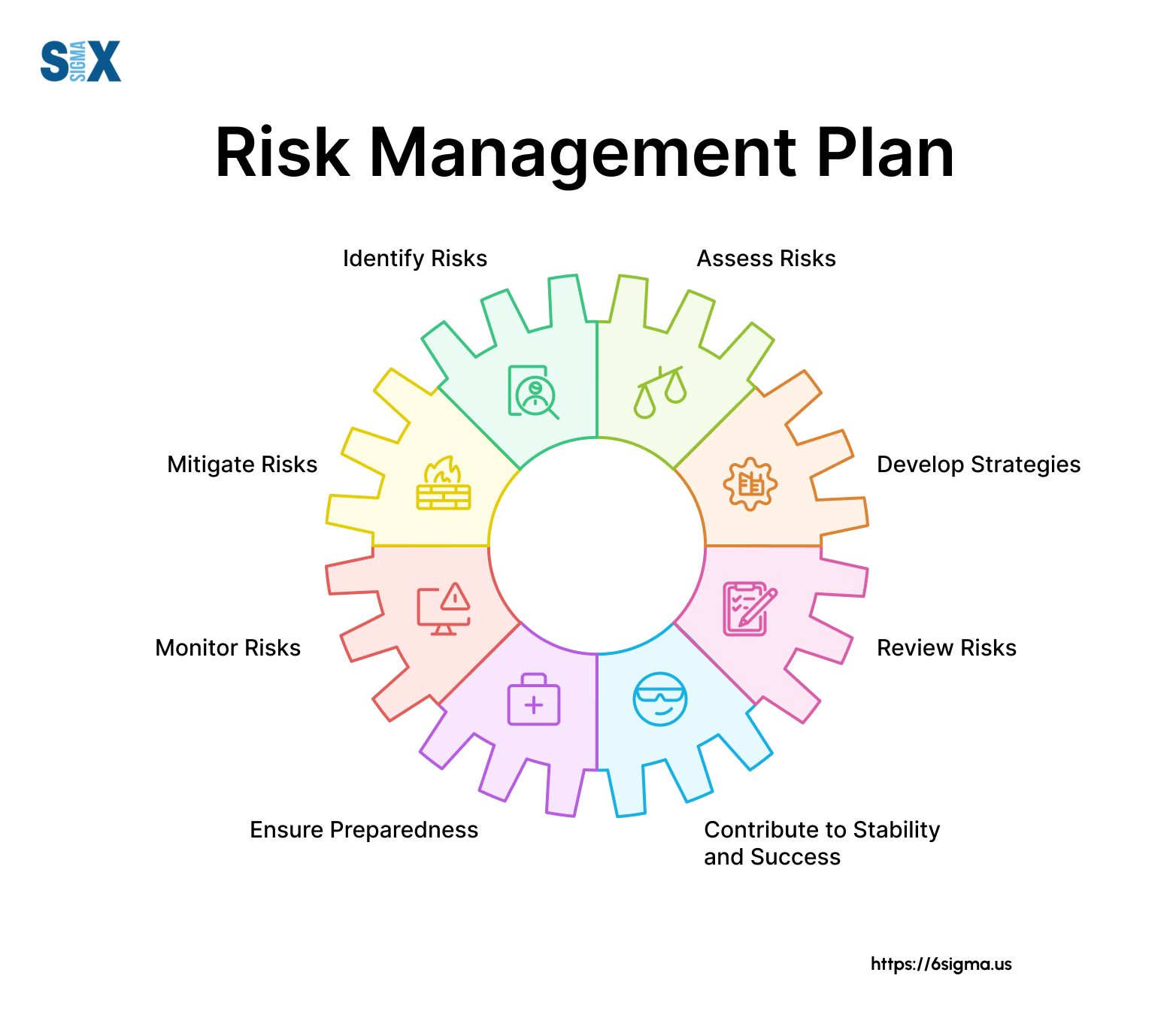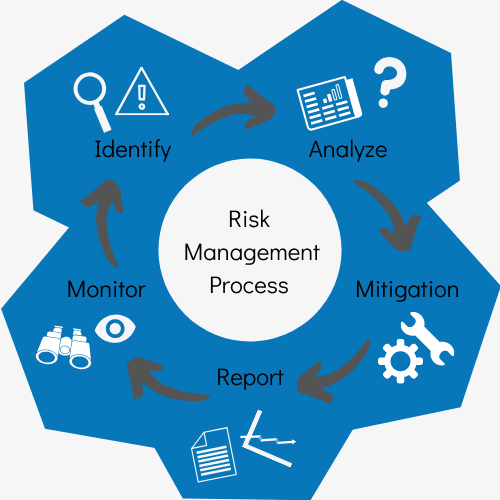Why the Importance of Risk Management Cannot Be Overlooked in The Current Economy
Why the Importance of Risk Management Cannot Be Overlooked in The Current Economy
Blog Article
The Value of Understanding the Relevance of Risk Management in Different Industries

The Core Principle of Risk Management and Its Objective
Risk Management, the keystone of many sectors, hinges on the recognition, analysis, and reduction of unpredictabilities in a service atmosphere. By properly determining possible dangers, companies can develop strategies to either protect against these dangers from happening or minimize their influence. When risks have actually been determined and reviewed, the mitigation process entails creating techniques to decrease their potential influence.
Benefits of Applying Risk Management in Organization Procedures

Introducing the Function of Risk Management in Different Industries
While every sector challenges its one-of-a-kind set of threats, the implementation of Risk Management techniques remains a common denominator in their pursuit of sustainability and growth. In the medical care industry, Risk Management involves ensuring client safety and security and information defense, while in finance, it involves mitigating investment dangers and guaranteeing regulatory compliance. Inevitably, the role of Risk Management across industries is to recognize, evaluate, and reduce threats.
Real-life Situation Studies Showing Successful Risk Management
To understand the relevance of Risk Management in these numerous sectors, one can aim to a number of real-life circumstances that illustrate the effective application of these measures. In the power sector, British Petroleum created Risk mitigation plans post the 2010 Gulf of Mexico oil spill. They implemented better safety procedures and stricter regulations which dramatically reduced further mishaps. Similarly, in financing, Goldman Sachs efficiently browsed the 2008 financial crisis by identifying possible mortgage-backed safeties risks early. Finally, Toyota, publish the 2011 quake in Japan, changed its supply chain Management to lessen interruption risks. These instances show how industries, gaining from situations, properly applied Risk Management methods to lower future risks.
Future Patterns and Developments in Risk Management Approaches
As the globe remains to develop, so as well do the fads and developments in Risk Management methods. Quick developments in technology and data analytics are reshaping the Risk landscape. Large information and AI are currently instrumental in anticipating and reducing threats. Organizations are leveraging these devices to construct predictive designs and make data-driven decisions. Cybersecurity, once a peripheral problem, has actually catapulted to the forefront of Risk Management, with strategies concentrating on response, detection, and avoidance. The combination of ESG (Environmental, Social, Administration) factors into Risk Management is one more expanding fad, showing the enhancing acknowledgment of the function that environmental and social dangers play in company sustainability. Thus, the future of Risk Management hinges on the fusion of advanced modern technology, cutting-edge approaches, and a holistic approach.
Conclusion
In final thought, comprehending the significance of Risk Management across a spectrum of markets is about his vital for their long life and success. Inevitably, effective Risk Management contributes to much more durable and sustainable companies, highlighting the value of this practice visit this page in today's extremely affordable and vibrant service environment.
While every industry confronts its one-of-a-kind set of threats, the implementation of Risk Management techniques stays a webpage typical denominator in their pursuit of sustainability and growth. In the healthcare industry, Risk Management entails making sure person safety and security and information security, while in financing, it includes mitigating financial investment dangers and making certain regulative compliance. Eventually, the role of Risk Management throughout sectors is to identify, analyze, and minimize threats. These cases demonstrate just how sectors, finding out from situations, efficiently applied Risk Management strategies to decrease future risks.

Report this page